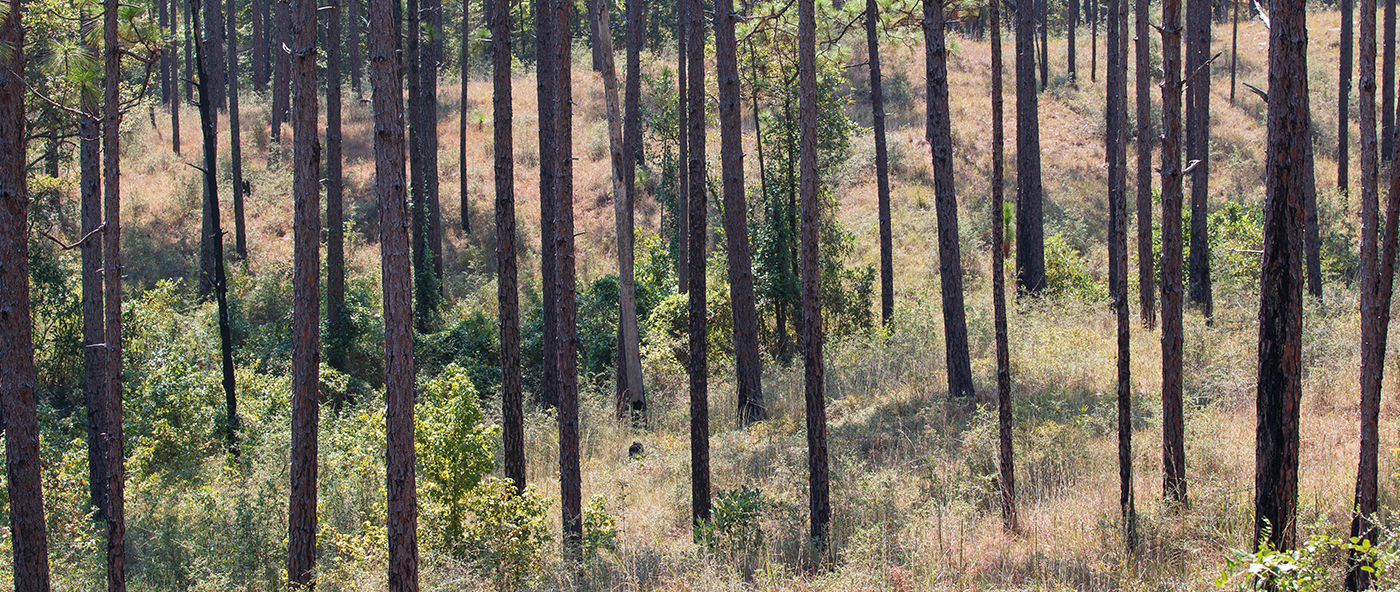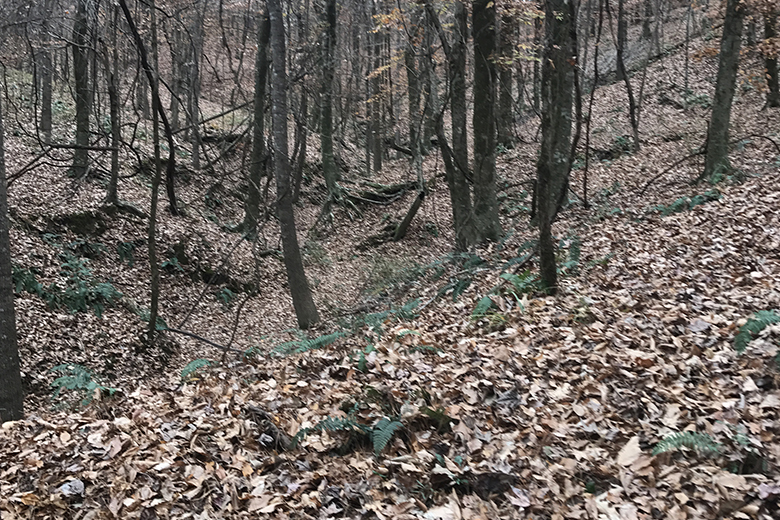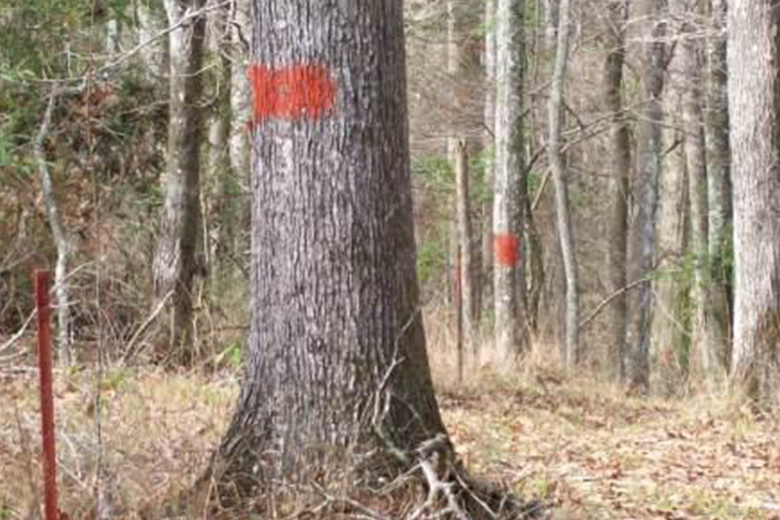



I want to cover some basic guidelines for rural land ownership. These are issues that I very frequently encounter when talking to, or working for, private landowners. All of them can have a major impact on the value and productivity of your property, not to mention your enjoyment in owning it.
A word of warning, you’ll often see me recommend acquiring the services of a forester or other land specialist. I realize this may look like an advertisement for my services but I cover a relatively small area and the majority of people reading this will be outside of that. There are state and federal offices that can offer assistance and local forestry consultants that can offer recommendations and help you implement them. A great resource for finding a good consultant is the Association of Consulting Foresters (ACF). Foresters who are members meet rigorous membership requirements and are bound by a strict code of ethics. You can search for a local forestry consultant on the ACF website.
Now that the housekeeping has been done, let’s get started!
KNOW WHERE IT BEGINS AND ENDS:
You might be surprised at the number of landowners I encounter that don’t even have a clue where their property is. Normally, these folks inherited it and they’ve either not been interested enough to do research and locate it or they don’t know where to start. Many live far away, which further complicates the situation. My advice is to contact a local state or consulting forester for assistance. I get several calls each year from landowners who either have never seen their property or haven’t been to it in many years. If they can offer some basic information, like a legal description off of their tax assessment, I can pinpoint their property, make an onsite inspection, and report back to them. If they don’t have a legal description, I can look it up at the local courthouse as long as I have the ownership name recorded on the deed.
There are many landowners who know where their property is, but aren’t familiar with its boundaries. It’s critical to not only know the boundaries, but to have them marked and easily identifiable. This is crucial for doing work on your property and showing the neighbors where theirs stops and yours begins. Having boundaries that are clearly marked can go a long way in heading off a host of problems like accidental timber cutting and accidental trespass. I say “accidental” because someone who is intent on stealing your timber or poaching the animals that live there may do it even if the boundaries are evident. However, marking them not only displays ownership but it represents to others that you are active and involved. This gives the impression that you or a representative could show up any minute, which often gives pause to the ill-intentioned. I tell landowners this, “if you don’t use your land, someone else will”. It’s pretty easy to identify property that is neglected and rarely visited. These are the parcels that thieves, trespassers, and even trash dumpers prey on. Don’t let yours be that property! Have your boundaries plainly marked.

KNOW YOUR LAND’S ASSETS & UTILIZE THEM:
These assets may be timber, leasing farm (tillable) ground, conservation program opportunities, or revenue from recreation activities like hunting. I’ve seen timber values on properties as small as 40 acres have more than $100,000 worth of timber standing on it. It’s a shame when that great asset isn’t managed. Leasing tillable land out to farmers can also be a great source of income.
Some government agencies offer cash incentives to landowners participating in their conservation programs. The Conservation Reserve Program (CRP) and the Environmental Quality Incentive Program (EQIP) are a couple that come to mind. These two are offered by the National Resources Conservation Service (NRCS). Keep in mind, however, that most of these programs have strings attached that regulate how you use your land for a specified period of time. Also keep in mind that these stipulations transfer to the new owner, should you decide to sell your property during that time period. In most instances, the payments transfer too, so it may or may not be a turnoff to a potential buyer.
Hunting lease fees are steadily going up and can be a serious source of revenue, depending on where the property is located and how many acres you have. Hunting lessees also provide “eyes in the woods” to help with the issues described in the previous section.
HAVE AN ORGANIZED OWNERSHIP:
In this section, I’m primarily talking about properties that have multiple owners. This can be a real nightmare if the owners don’t get along or have different desires and opinions about how it should be managed. I see this all the time and it’s one of my greatest headaches. The scenario is usually like this: for one reason or another, the owners haven’t communicated and gotten on the same page about how the property should be managed. One or two decide they want to harvest timber or divest of the property all together. They bring a forester or real estate broker in to attempt to get things rolling and THEN bring the other owners in and propose it to them. They are against it and a long and drawn out back and forth ensues, often ending in a stalemate where nothing is done. Even worse, it winds up in court with family members opposing each other.
Make communication a priority. Don’t wait to talk about it until it’s time to do something. Bring every owner in on a civil conversation. Find out what everyone’s desires for the property are and then attempt to make a plan that satisfies all involved. Don’t leave out the minority (%) owners, as they have a say as well. Think ahead about issues you’ll face as an ownership team. How can you get documents signed by all owners in a reasonable amount of time? Who will be the contact person for hunting lessees, foresters, real estate agents, or other professionals that may get involved? If one or more became owners through heirship, have necessary legal proceedings such as a Succession been completed? Should we form an LLC or not? Do we want to keep the property long-term or might we wish to sell it at some point (this could be a critical factor in deciding whether or not to cut timber or enter into a long-term agreement)? These are just a few of the issues joint owners face. Keep in mind that, as an owner passes away, he or she may have multiple heirs. That potentially makes one ownership become two or more. Therefore dealing with these issues will likely be a lot more complicated later on down the road. Start now and, by all means, get these issues resolved before any other action is taken.
TAKEAWAYS:
To sum it up very quickly, know your land, be organized, and be proactive in the ownership and management of it. Seek assistance, when needed, from qualified and reputable individuals or organizations.
Though I’m sure more will come to mind as soon as I sign off, these are the main issues I see landowners face and struggle with. I hope this provides some helpful guidance. Until next time, God Bless!